✅ Getting Started with MuscleMap
Welcome to MuscleMap! Follow these quick steps to get set up and start measuring muscle tension with your MuscleMapper.
⚙️ Set Up Your Account
- Open app.getmusclemap.com on your browser.
- Follow the onboarding form to create your MuscleMap account.
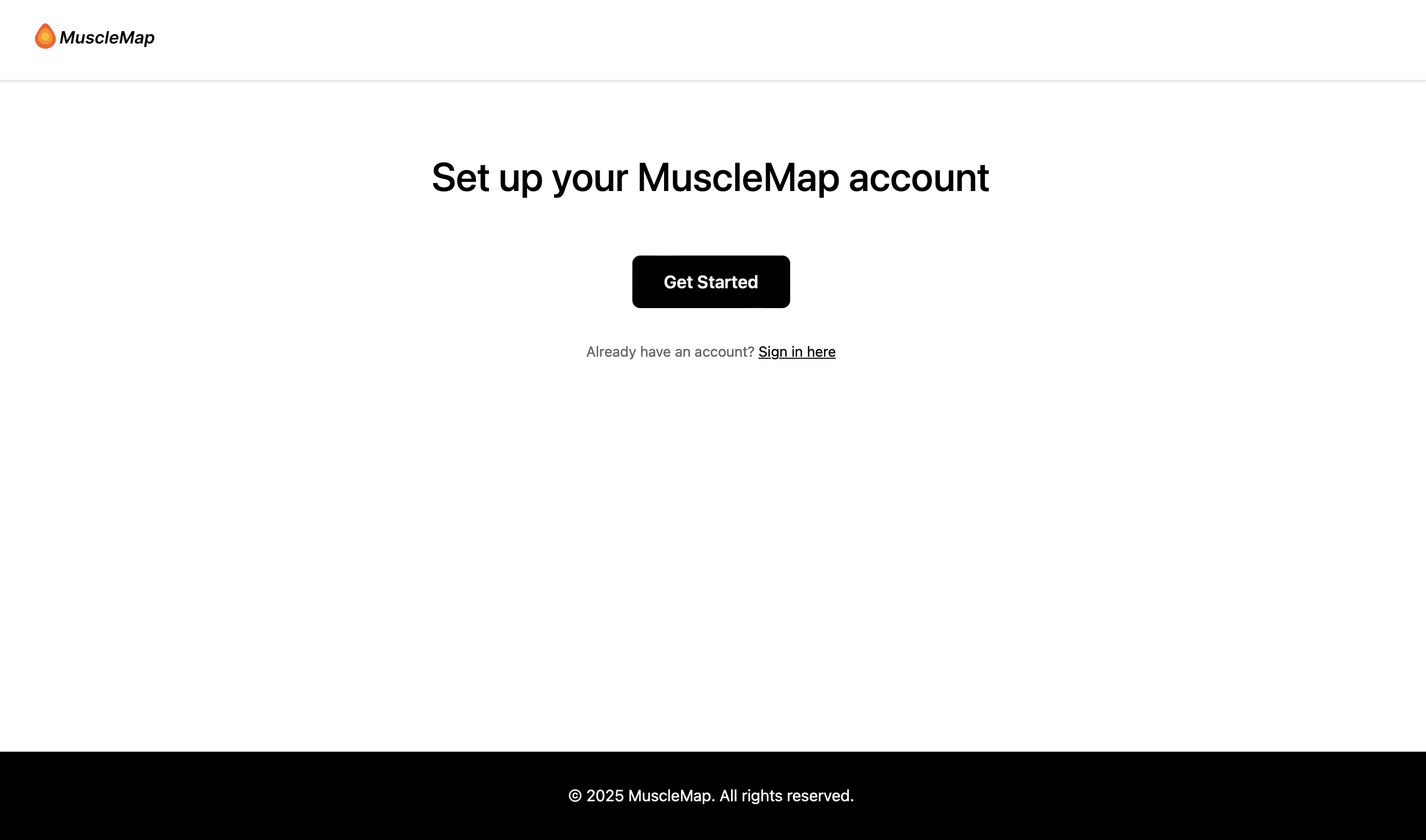
- Once you have your account, download the MuscleMapTM iOS App from the App Store, or the MuscleMap Android App from Google Play.
- Sign in with your new account on the MuscleMap app.
💡 Device comes pre-calibrated and ready to use. No setup needed beyond charging if the battery is low.
🔗 Connect Your Device
- Hold the power button for 3 seconds until the LED blinks blue (pairing mode).
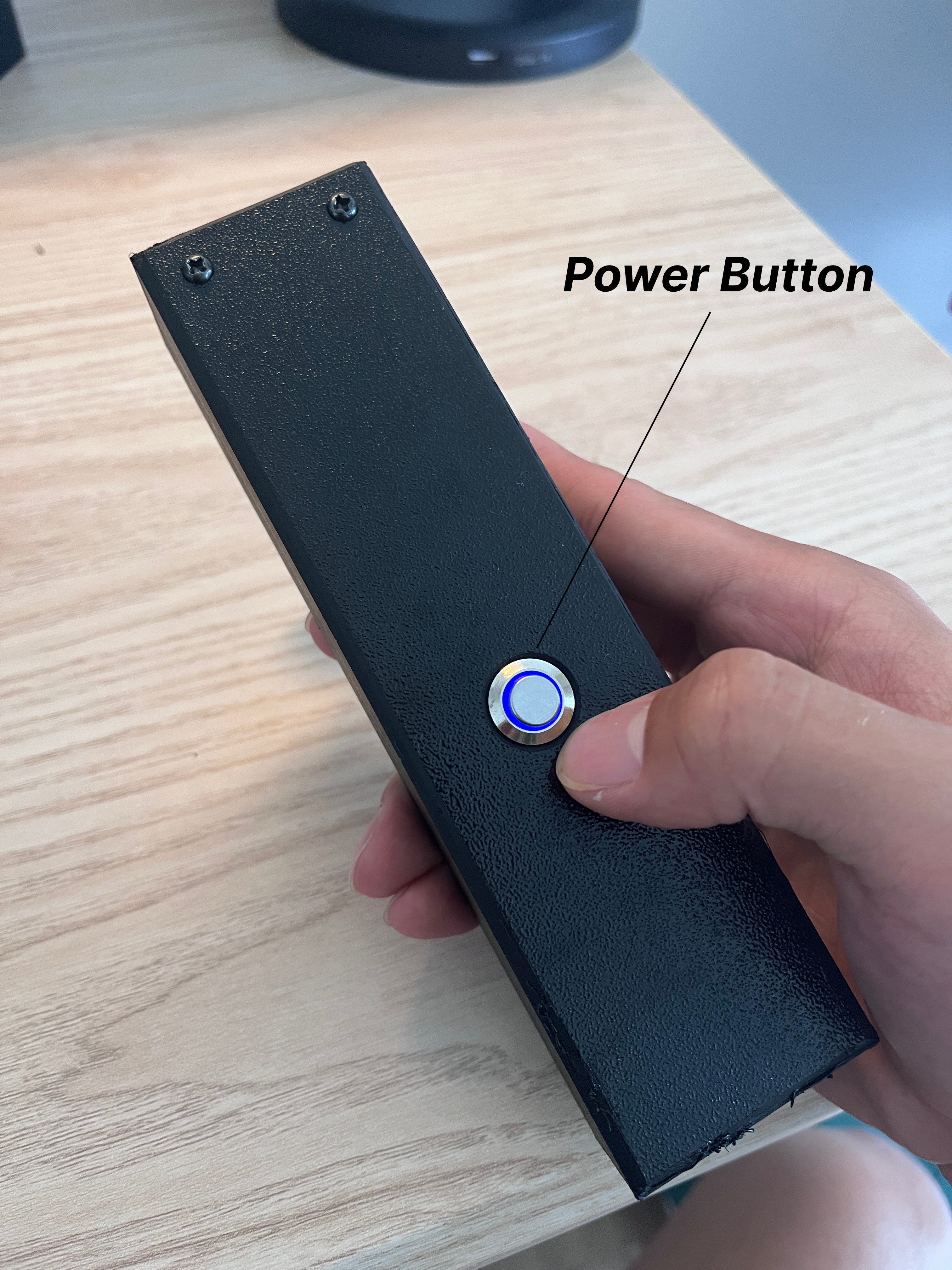
- In the app, tap "Search for Device" under the Measure tab.
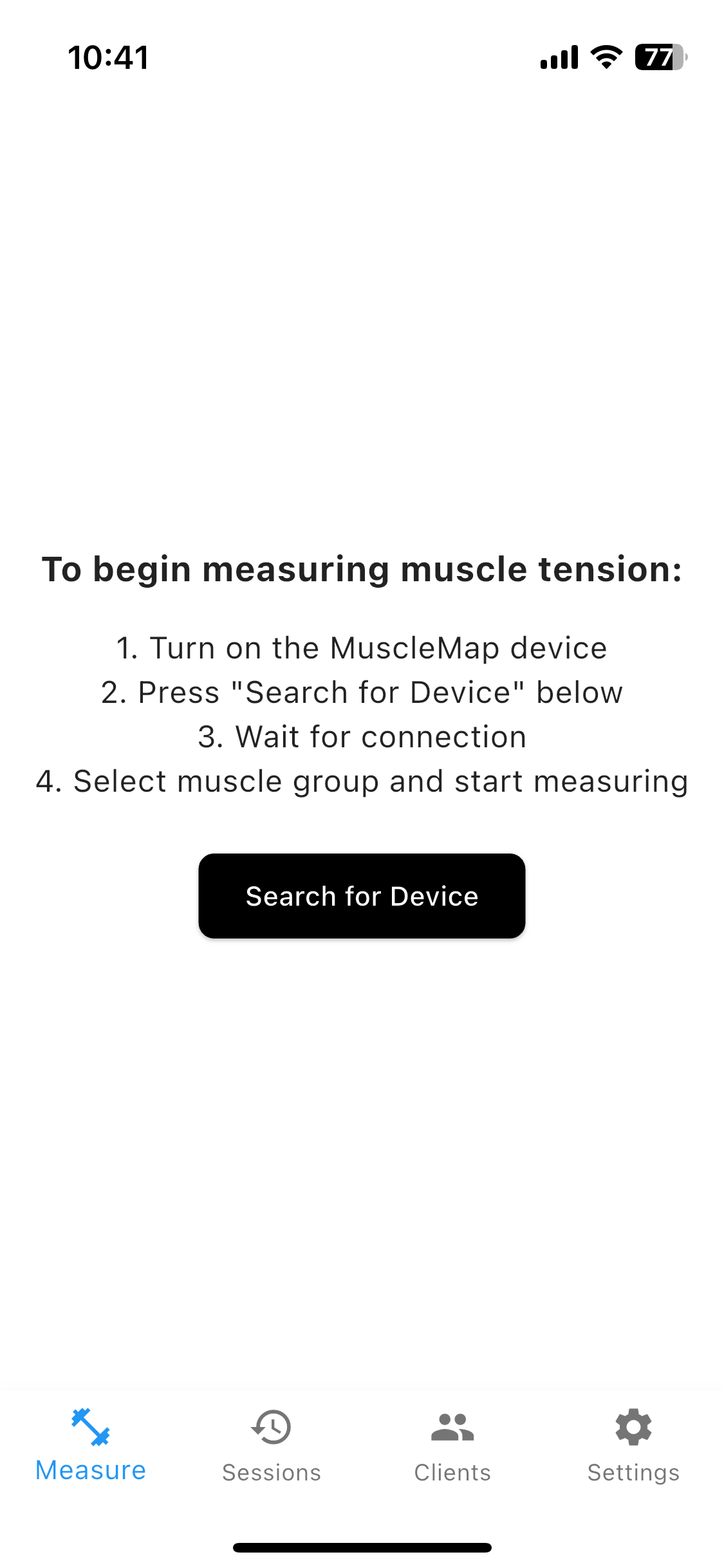
- Allow Bluetooth access when prompted.
- When the LED turns solid blue, you're connected!
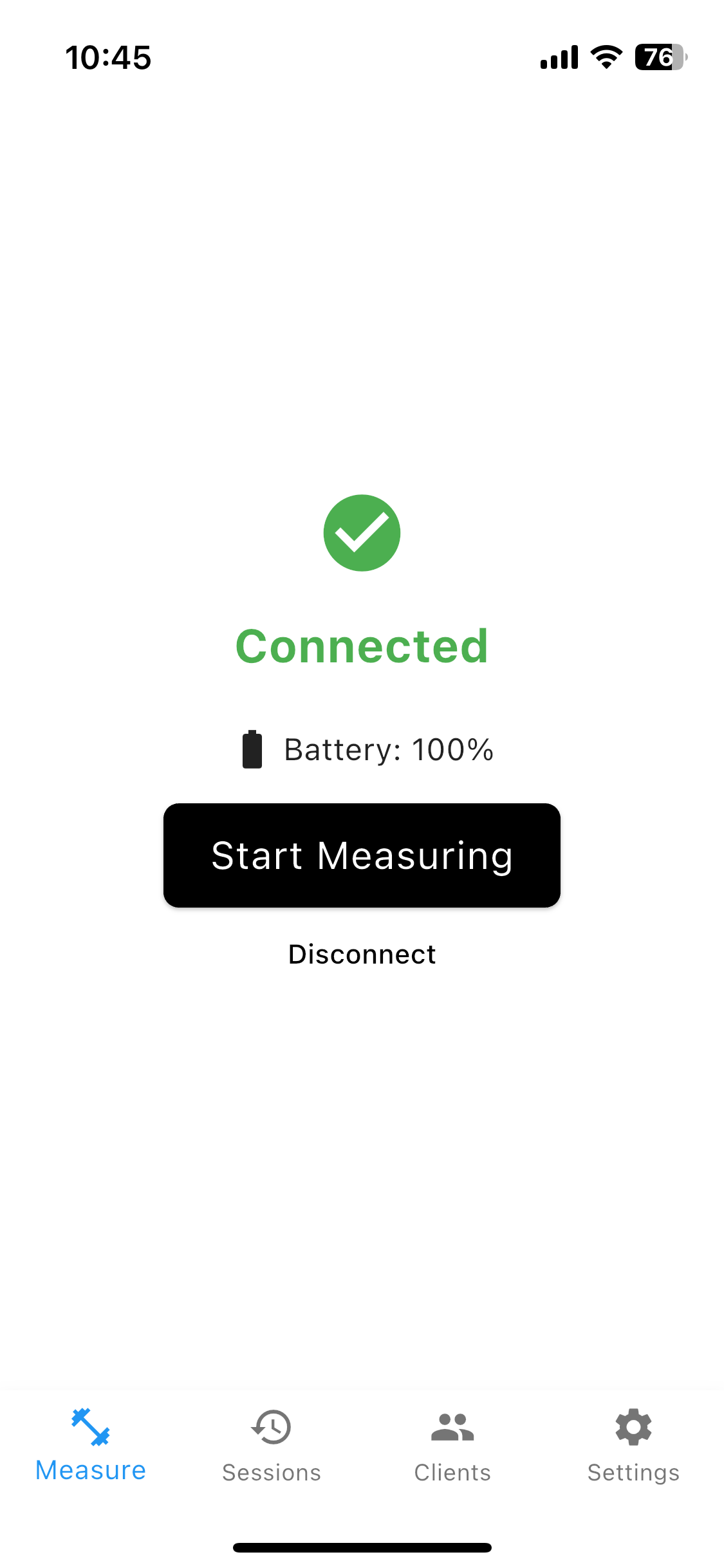
Having trouble? Hold the button again to re-enter pairing mode and retry.
📊 Record Your First Session
- Tap Start Measuring in the app.
- Tap ➕ in the top right to add a new client.
- Select the client. Tap Confirm.
- Choose the muscles you want to measure. Tap Confirm..
- For each muscle:
- Tap Start Measuring
- Press the device slowly into the muscle over about 5 seconds
- If tension score is ??, try again with more consistent pressure
- Tap Finish and then Confirm when all are complete.
💡 Tips for Accurate Measurements
ad- Consistency is key: Try to measure the exact same spot on each muscle every time to track changes accurately.
- Keep it straight: Make sure the device rod is perpendicular (90°) to the skin surface, not angled or tilted.
- Slow and steady: Push the device into the muscle gradually over about 8 seconds, applying consistent pressure throughout the measurement.
- Clean skin works best: Avoid measuring over lotions or oils for the most reliable readings.
How to Use Your MuscleMapper
- Grip
Hold the MuscleMapper at its center for the most stable readings. - Position
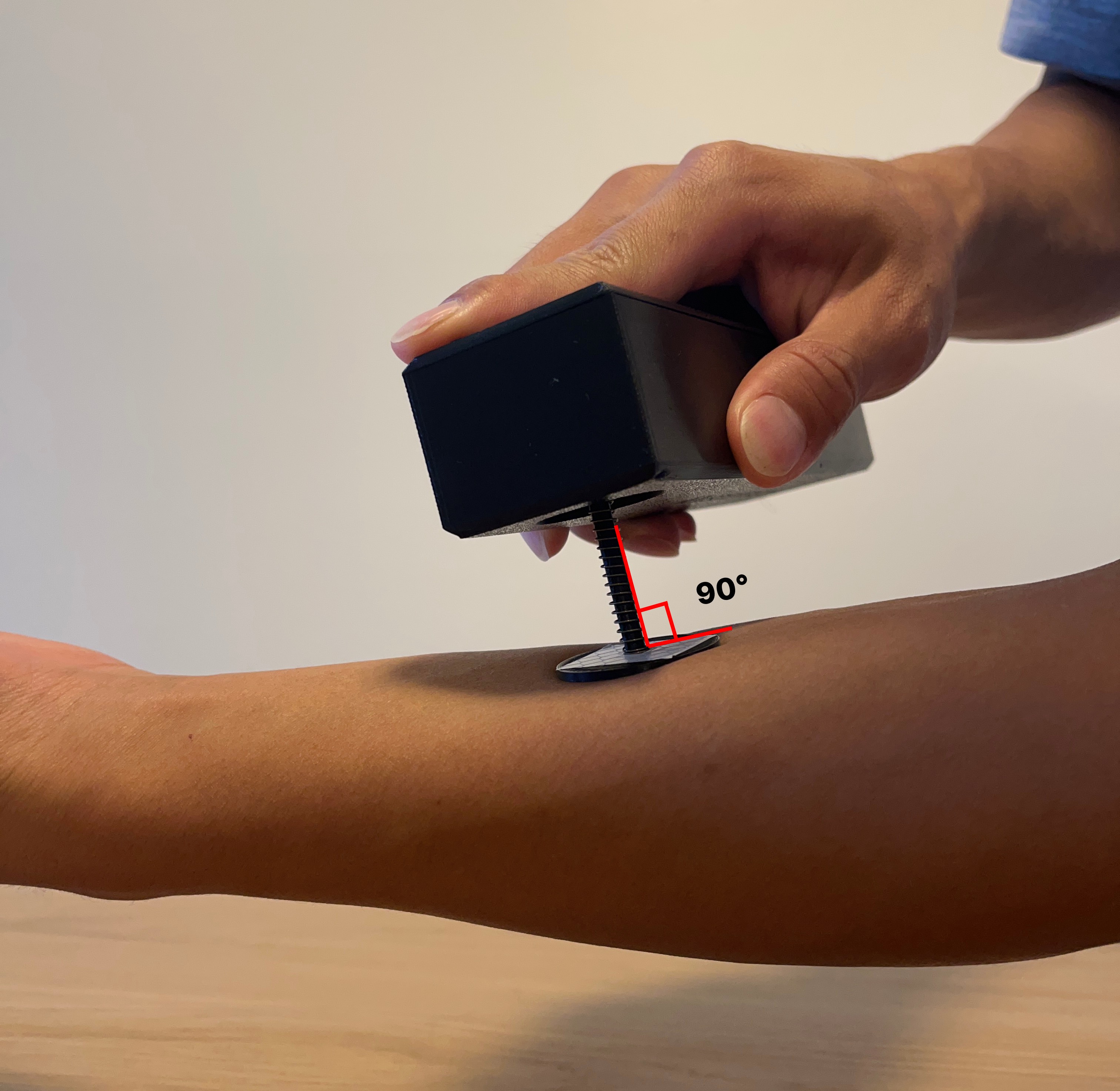
Hold the rod straight up and down, perpendicular to clean skin. Brace your wrist so it stays steady. - Speed
Press in smoothly over about 8 seconds. Slow and steady = accurate reads. - Adjust
If the rod slips sideways, lift and try again on a slightly flatter spot of the muscle. - Track
Measure from the same spot each time to see progress.
After Each Session
- Wipe the tip and disc with an alcohol-based disinfectant wipe
- Avoid lotions or oils during use for the most accurate readings
🔍 Understanding Your Tension Scores
Every time you take a measurement, MuscleMap records how much force you apply and how far the muscle moves in response. We use a sophisticated algorithm that analyzes this force-displacement relationship to calculate muscle compliance and generate your tension score. The system automatically filters the data, performs regression analysis, and adapts the calculation method based on measurement quality.
For a detailed explanation of how tension scores are calculated, including the step-by-step process and scoring algorithm, visit our complete guide here.
What the Colors Mean
- 0–1.9 = Very Tight (Red) - Significantly above typical tension
- 2–3.9 = Tight (Orange) - Above typical tension
- 4–5.9 = Normal/Typical (Yellow) - Normal range for this muscle
- 6–7.9 = Loose (Light Green) - Below typical tension
- 8–10 = Very Loose (Dark Green) - Significantly below typical tension
Important: The same force and displacement might lead to different scores depending on the muscle. What's normal for quads might be tight for forearms.
💡 Best practice: Use tension scores to track changes within the same client over time rather than comparing between different people.
* Note: Tension scores may vary slightly between measurements due to human error and sensor noise. Small variations are normal and expected.
🛠 Need Help?
If you have any questions at all or would love to chat, please reach out at [email protected]!